Self-driving taxi firm Cruise faces $1.5 MILLION fine for ‘covering up’ one of its cabs dragging San Fran woman 20 FEET and lying about cooperating with regulators after crash, panel claims
A San Francisco robotaxi service under fire for allegedly covering up the severity of an accident involving one of its self-driving cars is facing a $1.5 million fine.
In October, a woman was hit by a car that knocked her into the path of a driverless cruiser, which braked hard before colliding with her.
The robotaxi dragged her twenty feet at a speed of seven miles per hour for 30 minutes as she screamed for help.
Based on court documents filed late Dec. 1 by the California Public Utilities Commission, General Motor's Cruise service could be fined about $1.5 million if found guilty of a cover-up.
The company was given legal notice to appear in court on February 6, 2024 for an evidentiary hearing to determine whether they misled regulators about the incident.
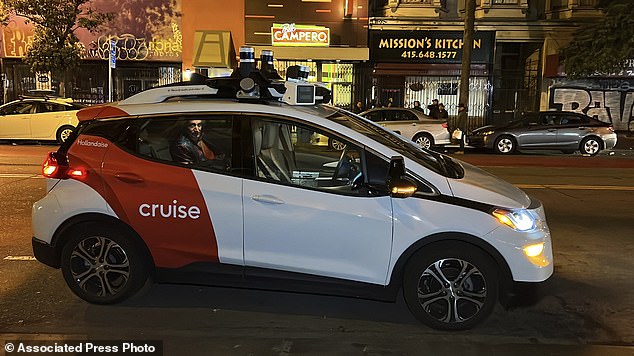
Based on court documents filed late last week by the California Public Utilities Commission, General Motors' Cruise service could be fined about $1.5 million if found guilty of covering up the severity of the accident
Court documents detail how Cruise handled revelations about the accident.
The Public Utilities Commission alleged that the company tried to hide how its robotaxi responded to the accident for more than two weeks in legal paperwork.
The documents allege that Cruise's cover-up began with an Oct. 3 call to a supervisor, who was told that the robotaxi had come to an immediate stop after colliding with the pedestrian, without mentioning that the vehicle traveled another twenty feet while the injured man was still trapped.
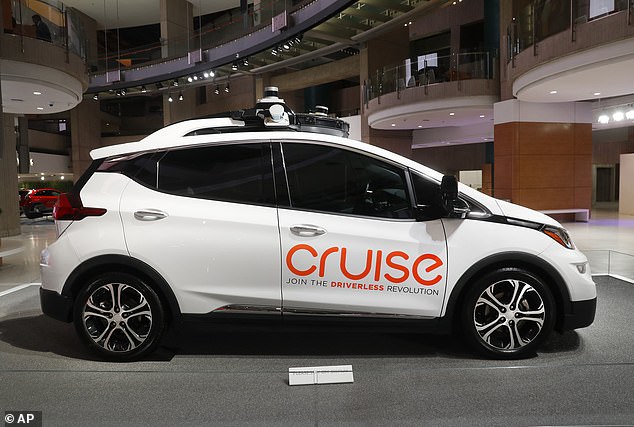
The Public Utilities Commission alleged that the company tried to hide how its robotaxi responded to the accident for more than two weeks in legal paperwork.
DNV officials requested additional images from the company, which the company sent 10 days after the meeting.
The new footage showed the car continuing on after the initial stop and attempting to perform a 'pullover manoeuvre', traveling approximately six meters with the pedestrian still trapped underneath.
After seeing the video, the California Department of Motor Vehicles effectively shut down the robotaxi service by suspending its license to operate in the state.
This maneuver “increased the risk of, and may have resulted in, further injury to a pedestrian,” the DMV wrote in a report.
“Cruise's inaction hampers the department's ability to effectively and timely assess the safe operation of Cruise's vehicles and endangers the safety of the public,” the department added.
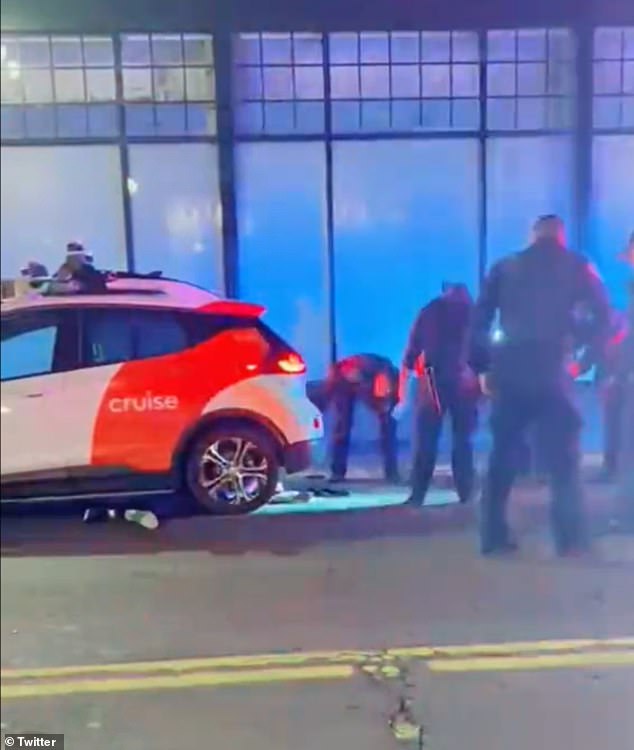
In the October 2 incident, a passenger was trapped under a cruise taxi for 30 minutes after another car pushed her into its path
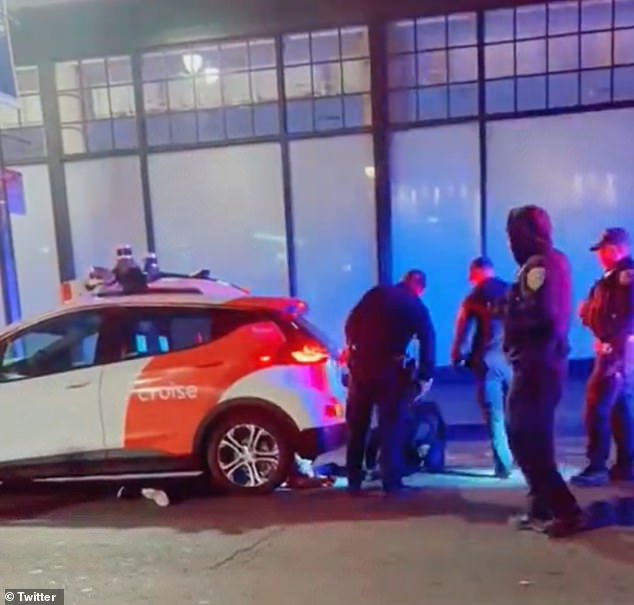
Footage posted on social media shows the victim's feet sticking out from under the vehicle as police officers crowd around her
“The General Motors company must request hearings to reinstate both the deployment permit and the driverless test permit, although it is unclear how long this will take.
“If there is an unreasonable risk to public safety, the RDW can immediately suspend or revoke permits,” the RDW writes in the reasons for the suspension.
The department cited portions of the state's regulatory text for autonomous vehicles as evidence that the robotaxis “is not safe for the public” and that the company has “misrepresented” safety information.
The suspension was a major blow to Cruise and its parent company, which suffered huge losses while developing the self-driving service that should generate $1 billion in revenue by 2025 as it expands beyond San Francisco.
After losing nearly $6 billion since the end of 2019, Cruise has gone into reverse as it struggles to manage the fallout from the October accident that seriously injured the pedestrian that was run over and led to the disaster. recent dismissal from CEO and co-founder Kyle Vogt.
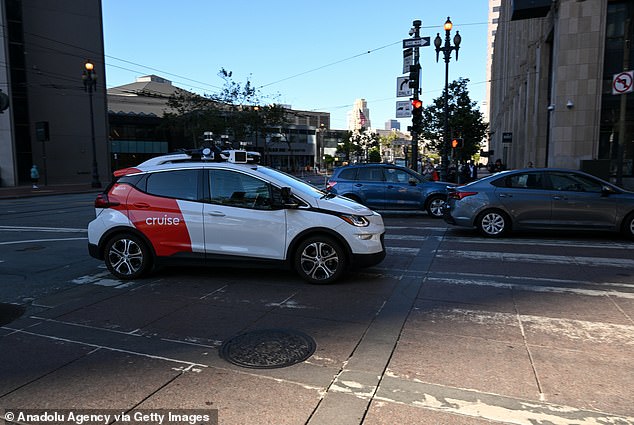
Cruise-owned General Motors had its permits suspended to deploy and test self-driving cars in San Francisco amid accusations that its employees covered up the full story behind a crash
Without directly addressing the potential fine, GM CEO Mary Barra said Monday that October's crash helped the automaker learn more about the need for transparency and a better relationship with regulators.
“We're very focused on righting the ship here because this is technology that can make the way we get from point A to point B safer,” Barra told a gathering of automotive media.
Barra also pointed to Cruise's management reorganization, including the reorganization of government relations and legal teams, as signs of progress. “We think we can do things more effectively,” she said.
Cruise vowed in its own statement to respond to the Public Utilities Commission's concerns in a “timely” manner. The company has hired an outside law firm to review its response to the October accident.
